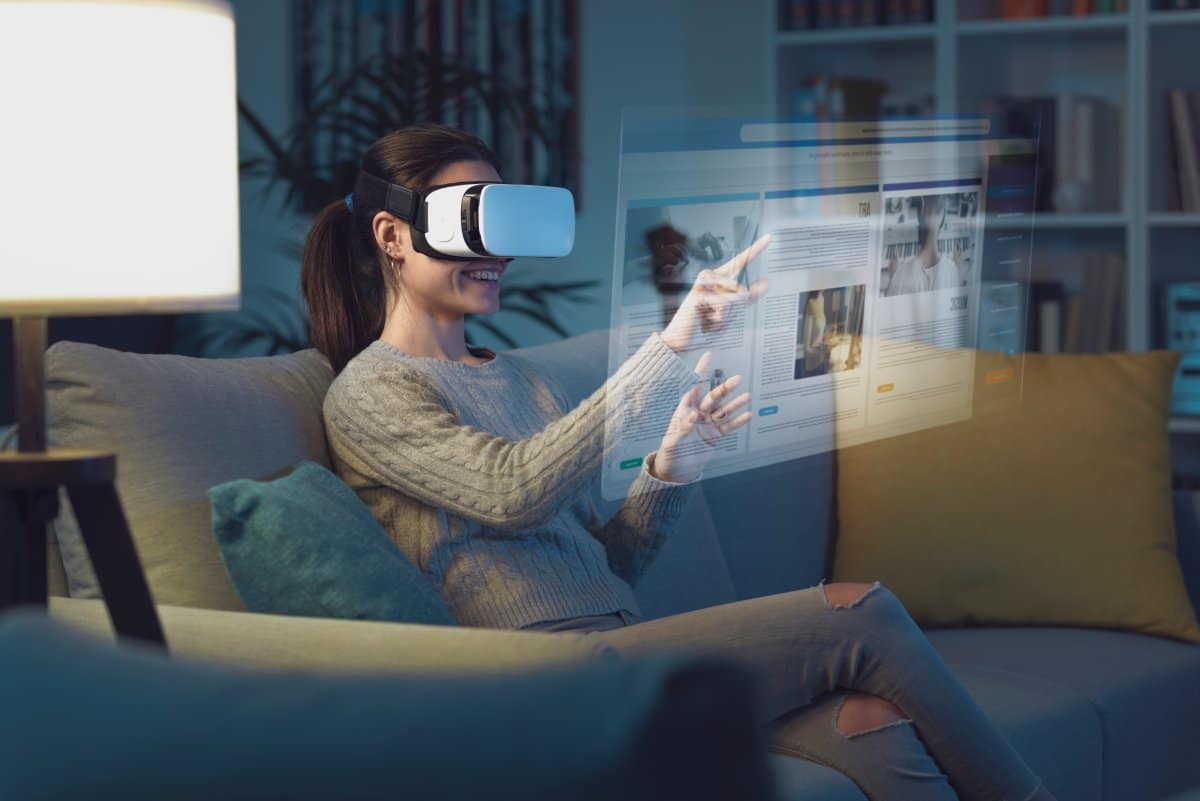Virtual reality (VR) is no longer just for gamers and tech enthusiasts; it’s rapidly becoming a significant platform for social interaction. But can VR spaces truly replace face-to-face human connection?
1. Immersive Experiences

VR provides highly immersive experiences that can mimic real-life interactions. Users can meet friends, attend events, and explore virtual worlds, all from the comfort of their homes.
2. Accessibility and Inclusion

VR social spaces can be more accessible to individuals with disabilities, providing opportunities for social interaction without physical barriers. This can lead to more inclusive social environments.
3. Global Connectivity

VR breaks down geographical barriers, allowing people from around the world to connect and interact in shared virtual spaces. This global connectivity can foster new friendships and collaborations.
4. Cost Efficiency

Hosting events in VR can be more cost-efficient than physical gatherings. There’s no need for travel, accommodation, or venue costs, making it a viable option for organizations and individuals alike.
5. Customizable Environments

Users can create and customize their virtual environments to reflect their personal tastes and preferences. This personalization can enhance the social experience and make interactions more enjoyable.
6. Enhanced Social Dynamics

VR can enhance social dynamics by allowing for new forms of interaction, such as virtual body language and immersive storytelling. These features can make virtual interactions feel more natural and engaging.
7. Mental Health Benefits

For some, VR social spaces can alleviate feelings of loneliness and social anxiety. Virtual interactions can serve as a stepping stone to building real-world social skills and confidence.
8. Technological Challenges

Despite its potential, VR technology still faces challenges such as high costs, the need for powerful hardware, and occasional technical glitches. These issues can limit accessibility and user experience.
9. Screen Time Concerns

Increased use of VR for socializing may contribute to higher overall screen time, which can have negative impacts on physical health and well-being. Balancing virtual and real-world interactions is crucial.
10. Privacy and Security

VR social spaces raise concerns about privacy and security. Users must be aware of data collection practices and potential risks of virtual interactions, including harassment and identity theft.
11. Ethical Considerations

The rise of VR social spaces brings ethical questions about digital addiction, consent, and the digital divide. These issues need to be addressed to ensure that VR enhances, rather than detracts from, human well-being.
12. Impact on Real-Life Relationships

While VR can enhance remote connections, it might also affect real-life relationships. Some worry that heavy reliance on virtual interactions could diminish face-to-face social skills and emotional bonds.
13. Business and Professional Networking

VR is transforming business and professional networking by providing new platforms for virtual meetings, conferences, and collaborations. This can increase efficiency and reduce the environmental impact of travel.
14. Education and Learning

Educational institutions are using VR to create interactive and engaging learning environments. These virtual classrooms can enhance the learning experience and make education more accessible.
15. Entertainment and Leisure

VR offers new forms of entertainment and leisure activities, such as virtual concerts, museums, and theme parks. These experiences can be shared with friends, adding a social dimension to virtual entertainment.
16. Future Innovations

The future of VR social spaces holds exciting possibilities with advancements in haptic technology, AI, and augmented reality. These innovations will continue to shape how we interact in virtual environments.
17. Balancing Real and Virtual Worlds

Ultimately, finding a balance between virtual and real-world interactions will be key. While VR offers incredible opportunities for connection and engagement, it’s important to maintain meaningful face-to-face relationships and experiences.
Embracing the Virtual Future?

As VR technology continues to evolve, its role in our social lives will undoubtedly grow. Are we ready to embrace a future where virtual reality spaces become a primary mode of human interaction? The answer lies in finding the right balance and ensuring that these virtual experiences enrich our real-world connections.
The post Future of Socializing: Are Virtual Reality Spaces Taking Over? first appeared on Mama Say What?!
Featured Image Credit: Shutterstock / Stock-Asso.
For transparency, this content was partly developed with AI assistance and carefully curated by an experienced editor to be informative and ensure accuracy.





